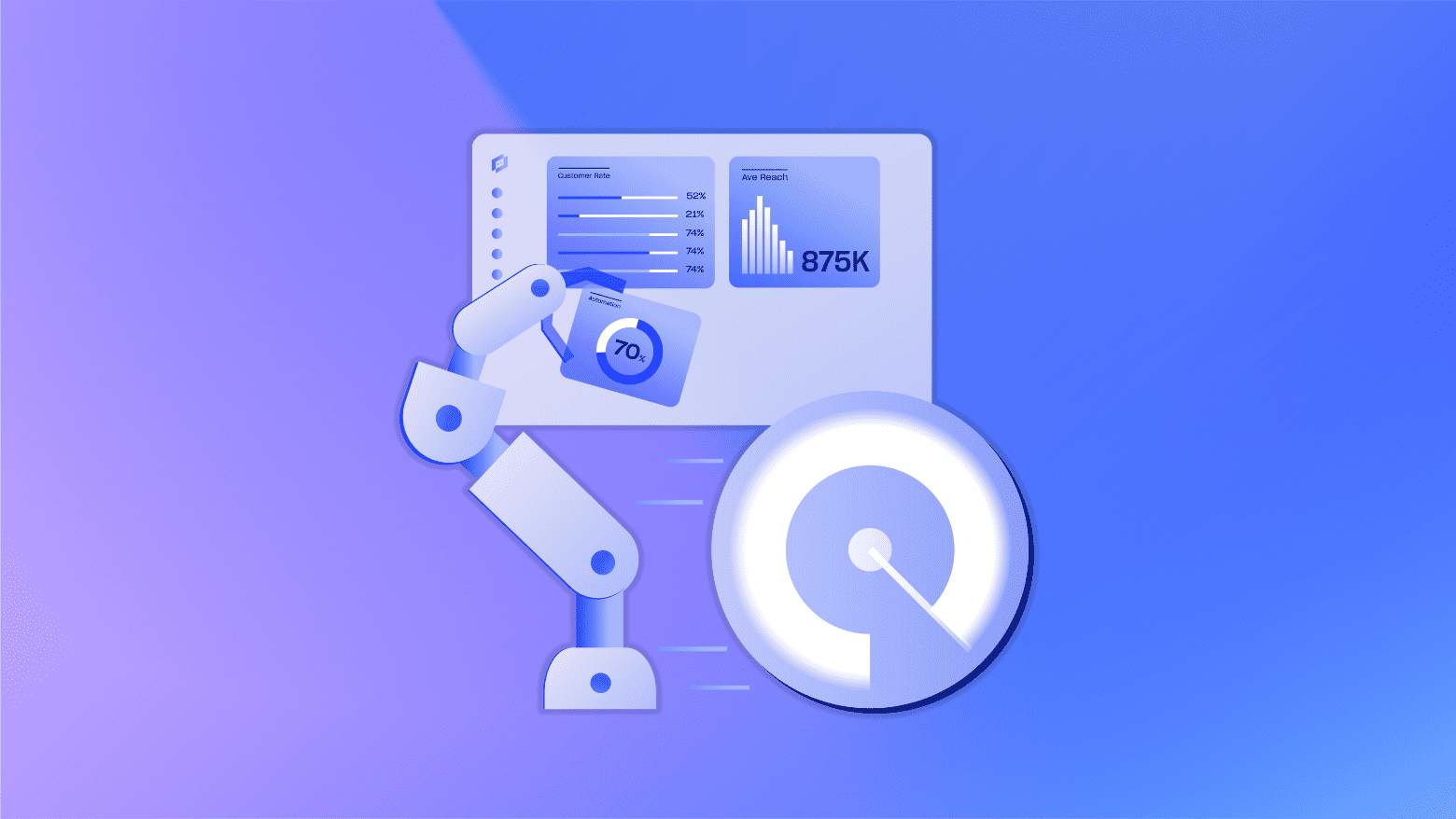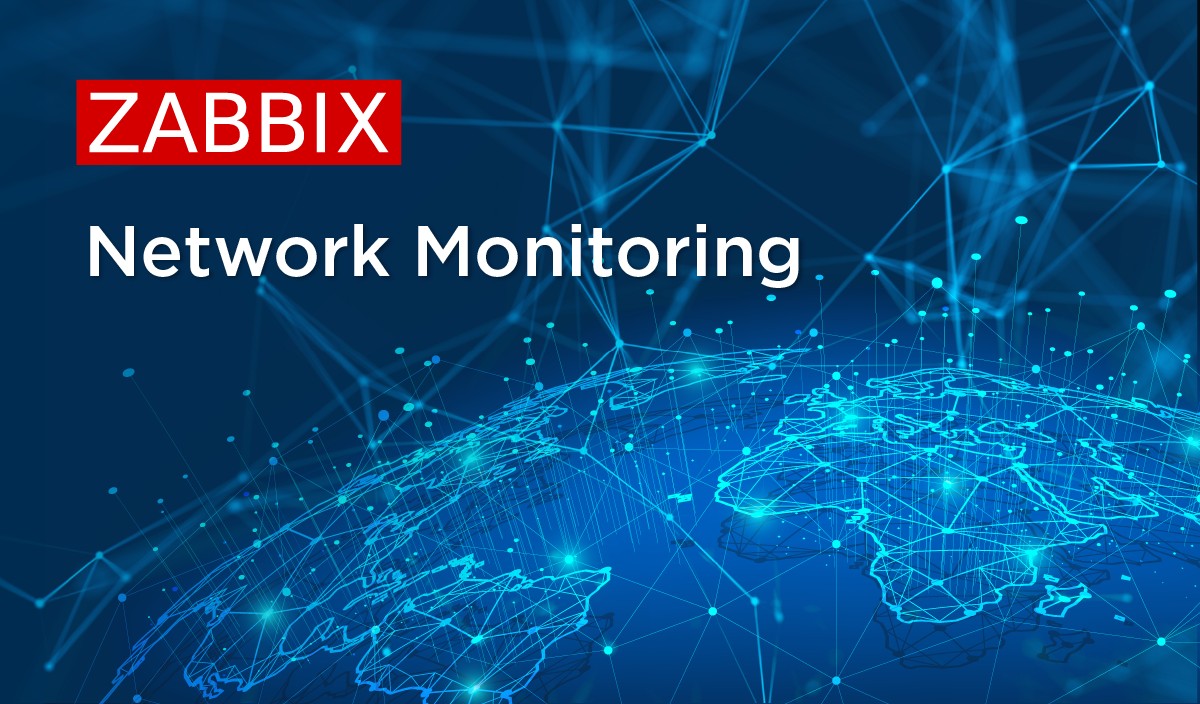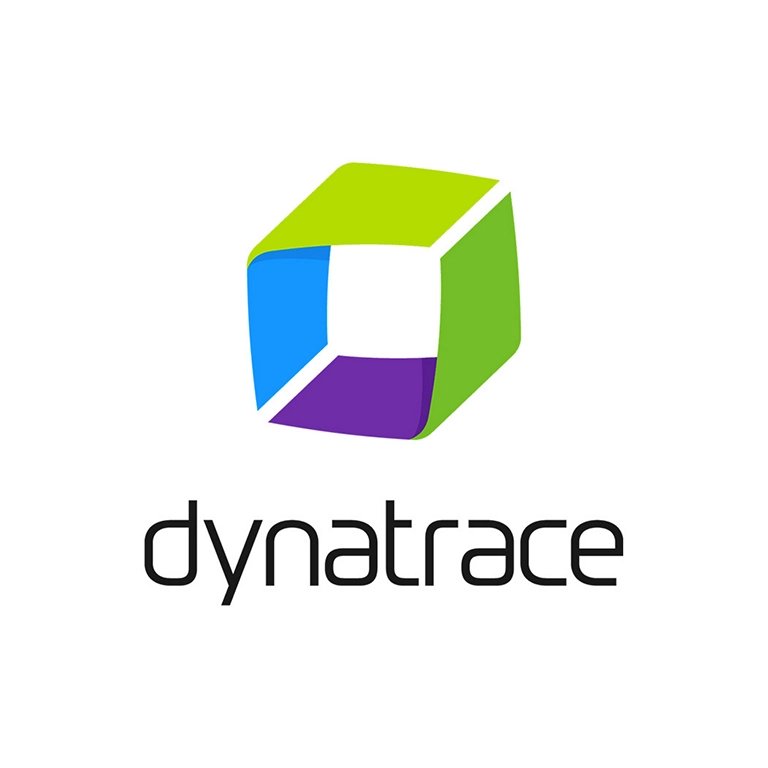Description
Introduction of LogicMonitor
As organizations increasingly shift towards cloud-native and hybrid IT infrastructures, the ability to monitor these environments in real-time has become critical to ensuring optimal performance, availability, and security. LogicMonitor is a powerful, cloud-based infrastructure monitoring platform that provides a comprehensive view of all network devices, servers, applications, and cloud services in one place. This course will introduce you to the key functionalities and tools within LogicMonitor, empowering you to proactively manage and optimize your organization’s IT infrastructure.
By the end of this training, you will be well-versed in setting up LogicMonitor, configuring alerts, creating dashboards, and generating reports, giving you the necessary skills to manage complex infrastructure monitoring environments efficiently.
Prerequisites of LogicMonitor
- Basic understanding of IT infrastructure: Knowledge of networking, cloud computing, and server management is recommended.
- Familiarity with monitoring concepts: Prior exposure to network or application monitoring tools such as Nagios, Zabbix, or Datadog is helpful but not mandatory.
- Access to a LogicMonitor account: A trial or enterprise account is recommended to follow along with the hands-on exercises.
Table of Contents
- Introduction to LogicMonitor
1.1 Overview of Cloud-Based Monitoring(Ref: Dynatrace AI Monitoring Masterclass)
1.2 Key Features of LogicMonitor
1.3 Use Cases and Benefits - Getting Started with LogicMonitor
2.1 Signing Up and Setting Up an Account
2.2 Navigating the LogicMonitor Interface
2.3 Initial Configuration Steps - Monitoring Your Infrastructure
3.1 Adding Devices for Monitoring
3.2 Setting Up Data Sources
3.3 Monitoring Cloud Services (AWS, Azure, GCP) - Alerting and Notifications
4.1 Configuring Alert Thresholds
4.2 Setting Up Notification Channels
4.3 Managing and Tuning Alerts - Dashboards and Reporting
5.1 Creating Custom Dashboards
5.2 Visualizing Metrics in Real-Time
5.3 Generating and Scheduling Reports - Integrations and Automation
6.1 Integrating LogicMonitor with Third-Party Tools (e.g., Slack, ServiceNow)
6.2 API Access and Automation Use Cases - Best Practices for LogicMonitor
7.1 Monitoring Strategies for Cloud and Hybrid Environments
7.2 Optimizing Alert Settings
7.3 Performance Tuning and Troubleshooting - Advanced Features
8.1 Forecasting and Predictive Analysis
8.2 Using LogicMonitor for Security Monitoring
8.3 Capacity Planning with LogicMonitor - Case Studies and Use Cases
9.1 Real-World Examples of LogicMonitor in Action
9.2 Industry-Specific Implementations - Conclusion and Next Steps
10.1 Review and Summary
10.2 Additional Resources for Further Learning







Reviews
There are no reviews yet.